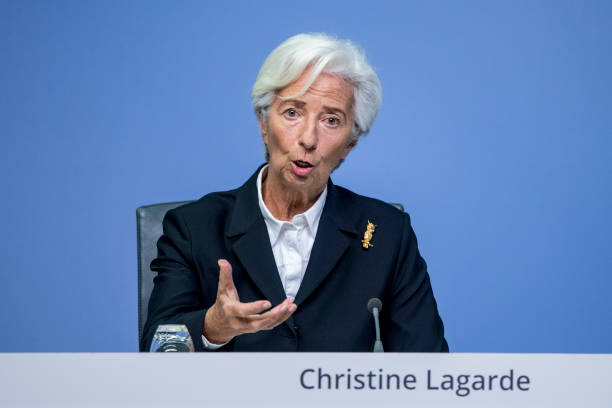ECB serves a rate cut with a hawkish aftertaste

As usual, the ECB reiterated that its policy decisions are data-dependent, on a meeting-to-meeting basis, and that it does not commit to a predetermined interest rate path.
Having already removed its reference to a ‘restrictive’ interest rate level at its previous policy meeting, the ECB now stated that after the latest rate cut, it is "well placed to navigate through current conditions and uncertainties". This suggests that the ECB is reaching the end of its interest rate cycle. KBC Economics therefore assumes that in the third quarter of 2025 the ECB will cut its deposit rate by 25 basis points one last time in this interest rate cycle, to then 1.75%. That will be the expected bottom of this interest rate cycle. The September policy meeting seems to be a suitable moment for this, since ECB economists will again present updated macroeconomic forecasts at that meeting.
ECB expects markedly lower inflation in 2025-26
The 5 June rate cut was also based on new projections. Compared to the March outlook, expected economic growth through 2027 remained largely unchanged. By contrast, expected headline inflation was revised firmly downwards by 0.3 percentage points for 2025 and 2026 each. That corresponds to a headline inflation for 2025 of 2%, followed by a decline to 1.6% in 2026. That notable reduction in the inflation outlook was attributed by ECB president Lagarde to lower energy price forecasts and the stronger euro exchange rate. For 2027, the forecast remained unchanged at 2%, thus in line with the ECB's 2% medium-term target. Hence Lagarde's reference that the end of the interest rate cycle was in sight. Since the ECB does not expect underlying core inflation to be in line with its 2% target until 2027 (at 1.9%), our expectation of one more rate cut appears justified.
An important observation here is that the ECB is quite optimistic about the impact of the trade dispute on inflation. This assessment has mainly to do with its assumption that the EU will not take meaningful retaliatory measures in the EU's trade conflict with the US. If it did, the ECB's expected inflation rate would also likely be higher. This illustrates the high degree of uncertainty at the moment and the sensitivity of economic projections to the assumptions made. ECB inflation optimism does seem very dependent on all in all volatile factors such as energy prices and exchange rate movements.
Indeed, this meeting was one of the rare times the ECB explicitly referred to the euro exchange rate in its press release . This also means that a further strengthening of the euro could lead to additional interest rate cuts by the ECB to offset the deflationary effect of the euro strength.
Opportunity for the eurozone
Lagarde reiterated that Bulgaria will most likely become the twenty-first member of the eurozone from 1 January 2026. However, following the favourable convergence report by the ECB and the European Commission, the final decision still lies with the European Council. But in this case, that is probably just a formality.
In addition, Lagarde also indicated that the eurozone currently has an opportunity to boost the euro's international role as a reserve and transaction currency. Against the backdrop of disruptive US policies, the euro could raise its profile positively. The prerequisite, according to Lagarde, is that European policymakers move quickly to build a genuine capital market union, with the added 'selling point' that the eurozone is a reliable place for international investors thanks to the guarantee of the rule of law. In the current geopolitical context, this could give the eurozone a significant competitive advantage.
All in all, this was an optimistic ECB report, but highly dependent on intrinsically volatile factors.

